Overview
Chopta is a serene small settlement in Rudraprayag district, Uttarakhand. Peaceful meadows, dense forests, and snow-covered Himalayan peaks surround the region. Chopta is the heart of Panch Kedar, with Kedarnath and Madmehshwar temples on the left, Rudranath and Kalpeshwar on the right, and Tungnath just above it. This geographical advantage makes it a perfect base camp.
Trek to the world’s highest Shiv Temple – Tungnath Temple, situated at an altitude of 3680 m (12,073 ft) in Chopta; you will reach here after a 3.5-kilometer thrilling hike. Tungnath, which translates to “Lord of the Peaks,” is the third or Tritya temple of sacred “Panch Kedar Temples,” devoted to Lord Shiva.
The temple sits at the top of a ridge, dividing the water of the Alaknanda River and Mandakini River, adding to this trek’s thrill. Tungnath Peak is also the source of three springs, forming the Akashkamini River.
Chandrashila is situated just 1.5 kilometers above Tungnath temple at an altitude of 3669 mt (12,037 ft), which translates to “Moon Rock.” It is said that Lord Ram meditated here to atone for his sin of committing “Brahman Hatya” when he killed demon king Ravana.
The temple of Lord Kartik Swami is located near the small village of Kanakchauri, Rudraprayag district of Uttarakhand. Sitting atop Kronch Parvat, this temple is a 3 km hike away with 80 steep stairs at the reaching point.
Trekking is a fun-to-do activity, but when mixed with the power of devotion, it results in a different experience. This trek is a perfect mixture of adventure and beliefs and challenges the devotion of the devotees.
Itinerary
Day 1: Rishikesh to Chopta Drive
Drive Distance: 169 Km
Drive Time: 6-7 hours
Altitude: 9,400 feet (approx)
Rishikesh is the closest city to Chopta. You are suggested to reach Rishikesh on Day 0, leaving you with buffer time for an unprecedented situation.
After a soulful breakfast, we will leave for Chopta, situated at an altitude of 2608 mt; the scenic drive will take you through Devprayag and Rudraprayag.
At Rudraprayag, the fourth Prayag of 5 prayags in Uttarakhand (Prayag is a Sanskrit word meaning confluence or a meeting place ). Here, you will see the convergence of the Alaknanda and Manadakini rivers. At Devprayag, witness the holy confluence of the mighty Alkananda, Bhagirathi, and the mysterious underground flowing Saraswati forming the holy Ganga river.
We will spend the night in Chopta to get acclimatise to the higher altitude. After having a delicious lunch and sharing stories, we will wrap up the night early. Get proper rest for our trek to seek the blessing of Lord Shiva the next day.
Trek Distance & Time: 10 km, 6-7 hours
Altitude: 12,000 ft
From Chopta, the trek to Tungnath temple is 3.5 km one way, which can be covered in 3-4 hours, depending on your physical fitness. The temple is perched at an altitude of 3,680 m above sea level, making the climb steep.
The trails are well-marked and paved with stones and sitting benches, making walking and enjoying the trail easy. After walking for approximately 1 km, you will come across a beautiful bugyal, which means a lush meadow; take some rest here and start walking again.
The higher altitude makes the trek steep but rewards you with breathtaking views of snow-covered Himalayan peaks.
Once you reach the temple, seek the blessing of Shivji, rest, and start the trek for Chandrashila.
Chandarshila is situated at an elevation of 3669 mt above sea level, giving you magical views of the Himalayan peaks. The trek to Chandrashila is 1.5 km long and takes upto 2-3 hours to complete. The ascent is steep and will challenge your physical strength and stamina, but it is all worth it in the end. Chandrashila is a Sanskrit word meaning “moon rock.”
Experience the beauty and indulge in the scenic beauty of Mt. Nanda Devi, Gangotri range, Chaukhamba massif, Mt Trishul and more here.
After spending some time at Chandrashila Peak, we will start our descent to Chopta via the same path. We will spend the night in Chopta, revisiting the memories of our trek.
Note: You will find many vendors offering eatables & drinking water on your way to Tungnath Temple, but at a higher price because of the labor to get all the things there.
Pack light for your trek to make it more convenient.
Trek Distance & Time: 6 km, 3-4 hours
Kartik Swami Temple Altitude: 8,335 ft
After having a tasty breakfast, we will leave for Kartik Swami Temple, which is approx 75 km away from Chopta. The scenic drive will take you to a small village called Kanakchauri, the base village for the trek.
Kartik Swami Temple is situated at 2,540 mt above sea level at Kronch Parvat. The trek is 3 km long (One way) and can be covered in 3-4 hours, to and fro.
Lord Kartikeya is famously known as Lord Murugan in southern India. In South India, Lord Kartikeya is worshipped more, hence the higher number of temples. This fact makes the temple in the North rare and auspicious among devotees.
After the trek, we will bid farewell to Kartik Swami and head for Rudraprayag, which is 40-50 km away. We will spend the night in Rudraprayag and enjoy the evening by taking a stroll through the pious town. Spend some time near the divine confluence of the river Alkhananda and Mandakini, the fourth Sangam.
Drive Distance: 136 Km
Drive Time: 6-7 hours
Rishikesh is 136 km away from Rudraprayag. After a hearty breakfast, we will depart for Rishikesh, relishing the beautiful route.
From Rishikesh, you should book your return tickets for the late evening, considering the sudden weather changes and natural calamities.
Trek Package
Price Inclusion
Stay: 3 Nights stay.
Transport: Transportation from Rishikesh to Chopta and back is covered.
Meals: Meals from Day 1 dinner to Day 4 breakfast
Trek Equipment: All essential trek equipment is included, such as sleeping bags, kitchen and dining tents, utensils, mattresses, personal tents, toilet tents, and crampons (if needed).
Forest Entry and Permits: All required fuel charges, tolls, forest entry fees, and permits are covered.
Trek Staff: A qualified, professional team, including a mountaineering-certified trek leader, guide, cook, and support staff, will accompany you.
Emergency Kit: First aid medical kits, oxygen cylinders, and stretchers are provided for safety.
Price Exclusion
5% GST is not included
Meals during the transfer
Any expenses not mentioned in the inclusion
Any expenses arising due to emergencies, delays, or unforeseen situations
Check the booking procedure here, including details on booking deposits, payment terms, refund and the cancellation policy.
Best Time to Visit
Months – May to June, Temperature ranges from 10℃ to 20℃
After harsh winters, summer provides the best time for this trek. Pleasant days with light, cold breezes and clear skies await you. The weather will not be too hot because of the high altitude so you need to pack light winter clothes. This is also an advantage as you can enjoy the trek without the beating of the hot summer and sweaty weather.
Months – September to November, Temperature ranges from 5℃ to 15℃
In September, you will encounter rain, so be prepared with your raincoats and ponchos. The rainy season will enhance the beauty of bugyals, forests of oaks, and rhododendrons, creating a vibrant green painting with shades of grey skies awaiting.
In October and November, after the departure of rain, everything will feel renewed and lively, adding freshness to your journey. The fragrance of oaks, deodars, and rhododendrons will accompany you throughout the trek
Months – November to Mid-March, Temperature ranges from -5℃ to 10℃
In winter, you will see why Chopta is called “Mini Switzerland of India.” Thick white sheets of snow, cold winds, and chilling weather surround Chopta and Tungnath Temple.
This is the perfect trek for winter trekking without going for longer days and difficult treks.
Months – Mid-March to April, Temperature ranges from 5℃ to 15℃
Snow has started to melt off, and new blooms are taking place in the area. During spring, you will encounter the life-blooming, flowers adding color to the white backdrop. The weather will not be too harsh like winter, yet you can enjoy the chill without freezing and falling down a slippery route.
Difficulty Level of the Route
The trek is graded as easy level, perfect for both beginners and experienced trekkers. The trek is at a high altitude with a steep incline, making AMS (Acute Mountain Sickness) a possibility. By being physically fit, you can dodge AMS and enjoy your trek without any health issues.
As a pilgrim site, many devotees with no prior trekking experience or desire to go trekking further come here. It is advised to start following a workout routine, which includes cardio for the trek.
Trek Essentials [What to Pack]
- 45-60 Ltr Bag Pack With Rain Cover & Comfortable Straps
- Hot and Cold Water Bottle Like Borosil and Milton
- Energy Bar, Dry Fruits, and ORS
- Personal Medical Kit
- 1 Pair of Sunglasses (UV Protected)
- 1 Neck Gaiters (Buff)
- Tiffin Box
- 2/3 Full Sleeves (Non-Cotton)
- 1 Full Fleece T-Shirt
- 1 Fleece Jacket (Woolen or Sweater)
- 1 Down Feather/ Hollofil Jacket
- 1 Waterproof Jacket/ Poncho
- 1 Pair of Thermal Inners (Upper and Lower)
- 2 Trek Pants (Avoid Shorts and Denim Pants)
- 1 Pair of Waterproof Gloves
- 1 Pair of Woolen Gloves
- Sun Cap
- Woolen Cap
- 4 Pairs of Cotton Socks
- 1 Pair of Woollen Socks
- 1 Waterproof and High Ankle Trekking Shoes
- 1 Pair of Floaters
- Hand Sanitizer and Sunscreen Lotion
- Toothbrush and Toothpaste
- Toilet Paper
- Quick Dry Towel
- Lip Balm and Antibacterial Powder
- Moisturizer
- Aadhaar Card, Pan, or Passport for Applying Permit
- Trek Insurance
- Medical Certificate
- Self-Declaration Form
- Sleeping Bag
- Common Tent
- Mattress
- Dining Tent
- Camping Stool
- Walkie Talkie (For Team)
- Utensils
How To Reach Chopta
As our itinerary starts from Rishikesh, it is suggested that you reach out here first. Rishikesh is well-connected with other major cities in the country via train or bus facilities, making it easy to reach here directly.
Note – There are no direct public transport options to Chopta; the closest places you can reach are Rudraprayag, Ukhimath, and Gopeshwar. You can share a cab or book a private taxi from any of these places for Chopta
The nearest airport is Dehradun’s Jolly Grant Airport, which is just 15.8 km away from Rishikesh.
From here, you have two options.
- Hire a private taxi or shared one if it is convenient for you to direct Rishikesh itself.
- From the airport, the main city of Dehradun is 1.5 km away, walk till there or hail a shared auto/taxi.
You can book a direct train to Rishikesh railway station, which is named Yog Nagri Rishikesh Station, Rishikesh being the Yoga Capital of the world.
Option 2 is to book train tickets to Dehradun, which is 38.4 km away with 1-hour drive time.
Similarly, you can book tickets for Haridwar, which is 44 km away and has a 1-1.5 hour drive time.
Tip – Book for a train that reaches Rishikesh early in the morning on Day 0. It will give you time to acclimatize to the weather, and a short tour of the city can also be done.
Chopta is well connected to motorable roads, so you can directly drive here in your private vehicle.
Another option is to reach Delhi, the capital of the country. The city is well-connected with all parts of the country. From Delhi, you can book a bus ticket to Rishikesh directly from the Kashmiri Gate bus stop or use online booking platforms like Redbus.
Dehradun to Chopta is about a 6–7 hour drive (200 km approx.) through scenic mountain roads via Rishikesh or Rudraprayag.
You can book a direct train to Rishikesh railway station, which is named Yog Nagri Rishikesh Station, Rishikesh being the Yoga Capital of the world.
Option 2 is to book train tickets to Dehradun, which is 38.4 km away with 1-hour drive time.
Similarly, you can book tickets for Haridwar, which is 44 km away and has a 1-1.5 hour drive time.
Tip – Book for a train that reaches Rishikesh early in the morning on Day 0. It will give you time to acclimatise to the weather, and a short tour of the city can also be done.
Rishikesh is well connected to motorable roads, so you can directly drive here in your private vehicle.
Another option is to reach Delhi, the capital of the country. The city is well-connected with all parts of the country. From Delhi, you can book a bus ticket directly from the Kashmiri Gate bus stop or use online booking platforms.
From Rishikesh take a bus to Karanprayag and from there change buses for Tharali. Tharali is connected to Loahjung and local taxis are available. Alternatively, you can also reach Lohajung via Haldwani. From Haldwani, take a bus to Tharali and from Tharali take a taxi to Lohajung.
Map of Trail
Other Facts to Know about the trek
Tungnath Temple
It is believed that Tungnath temple is 1000 years old and was built by Mahabharat war winners Pandavas to atone for their sins of committing “Gotrahatya” (fratricide) and “Brahaman Hatya”. Pandavas killed their cousins, the Kauravs and other Brahmin class people, resulting in their peccancy. They went to Kashi in search of Lord Shiva to ask for forgiveness, but Lord Shiva left there and went to the Garhwal region of Uttrakhand. In Guptkashi (named after this incident), he took the form of a bull to hide, but the second brother, Bhima, saw him, and before he could reach him, Lord Shiva disappeared. Lord Shiva’s bull parts later appeared in 5 different places, namely – hump in Kedarnath, arms in Tungnath, face in Rudranath, nabhi (navel), and mid-section in Madhayamaheshwar and hair locks in Kalpeshwar.
Pandas then built the temple for each site and worshipped Lord Shiva. Ultimately, Shivji, being Bholenath, forgives them after seeing their hardwork and truthfulness.
Interestingly, the architecture of the temples of Kedarnath, Tungnath, and Madhyameshwar are similar, leaving Rudranath and Kalpeshwar appearing differently.
Chandrashila
Just a 1.5 km hike above Tungnath Temple Chandarshila is located. The moon rock is said to be dated back to the Tretayug of Lord Ram. It is believed that in this place, Lord Ram meditated to atone for his sin of “Brahaman Hatya” after killing Lanka’s demon king ravan.
Karthik Swami Temple
According to Hindu mythology, Lord Kartikeya is the elder son of Shiv ji and Parvati ji. One day, they announced a race between Kartikeya and Ganesha (younger son), who would first circumvent the whole earth thrice. Lord Kartikeya left, but Ganesh ji remained in Kailash Parvat, where Shiv and Parvati lived. He circled his parents because they were his world, and he was announced the winner.
When Lord Karthik returned and learned about this, he left the Kailash Parvat in anger. He came to sit on top of Kronch parvat but left before his parents could reach him. Since then, the place has been worshipped, and a temple has been built. Afterward, he went to the Southern part of the country, Srisailum, Andhra Pradesh, where he is known as Skanda
The region of Chopta and the temples all fall under the largest protected area of the Western Himalayas, Kedarnath Wildlife Sanctuary. The IUCN listed the Himalayan Musk Deer in the “Endangered” category, attracting the government’s focus, which led to the declaration of this sanctuary for protection. The sanctuary shelters many animals, such as birds, mammals, and other creatures.
You will find dense forests of oak, birch, rhododendrons, chir pine, deodar, coniferous, alpine, etc, here, adding to the beauty and providing shelter to fauna.
In fauna, apart from musk deer, you will find Himalayan black bears, Indian jackals, leopard cats, and Himalayan snow leopards as well.
In birds, you can spot Himalayan Monal (state bird of Uttarakhand), gamebird Snow partridge, red-eyed Kalij Pheasant, tiny yellow-coloured Grey Cheeked Warbler, and many more birds here
Panch Kedar
As mentioned in the mythology section, Panch Kedar is a holy pilgrimage for Hindu devotees. Cover the whole circuit of Panch Kedar, Ukhimath and Makkumath together and make your trip more memorable.
Deoriatal
Devariya or Deoriya taal is said to be used by Gods and deities giving it the name. Situated at an altitude of 7,999 ft, this freshwater lake is settled between dense forests with snow-capped Himalayan views, providing a serene calm. There are several ways to reach here, such as trekking through Ukhimath, Sari village, or Chopta.
Makkumath
Makkumath is a small village in Rudraprayag, the adobe of Lord Tungnath. As thick snow covers the temple of Tungnath, the Utsav Idols are brought down in Makkumath to continue the worship. Makkumath is a blissful place for bird lovers, as you can spot many low-altitude Himalayan birds here. For example, there are Himalayan Monal, Black Francolin, Himalayan Griffon Vulture, Himalayan Rubthroat, etc.
Ukhimath
During harsh winters, the temples of Kedarnath and Madhayamaheshwar become inaccessible for 6 months, so for continuous worship, the “utsav idols” are brought down in Ukhimath’s Omkareshwar Temple. Hence, Ukhimath is known as a winter home.
Another Hindu mythological story is that the wedding of Usha, daughter of demon King Banasura, and Aniruddha, grandson of Lord Krishna, took place here.
Guptkashi
Guptkashi is the place where Lord Shiva hid from Pandavas. The town falls on the way to Kedarnath Temple, in Mandakiniriver river valley, brewing with hustling devotees and locals. You will find Mongolian flowers (champak) in large amounts here, and their light fragrance in the air will follow you throughout.
SCI, Foreign Permit & Vehicle
HDT is registered with the IMF, and we can cater to the needs of SCL for Government Employees. According to the rule, the government of India provides its employees with a prospect where they’re allowed to apply for a 30-day special casual leave in a calendar year to do trekking, hiking, or whatever adventure pleases them.
Mail us at info@himalayandreamtreks.in or call us at +91 80896 93825, if you want to avail SCL.
For foreign nationals, permit charges are different, and hence the overall package price is different for foreign trekkers. Connect with us before booking your trek.
- For 4-6 people Ertiga/Bolero or equivalent vehicle.
- For 7 or more people, Force Traveller.
FAQs
Yes, throughout the journey, you will have mobile signals available.
There are proper toilets in the Chopta region at the beginning of the trek, and once you reach the temple, you will find a washroom facility.
A washroom facility is also available in Kartik Swami Temple.
You will find ATM at Ukhimath, Rudraprayag & Rishikesh. All trekkers are advised to withdraw cash at the first available ATM and not wait.
From December to February, you will witness thick snow on this trek. Make sure to carry appropriate clothes and gear. You also rent top-quality gear from us.
Charging your gadgets might be always challenging during the trek. In Chopta, electricity is a challenge. Hotels and Camps there use Solar or Inverters. Make sure to carry your power bank.
Pure vegetarian food will be served with dishes like Rice, Dal, Roti, Vegetables, Parantha etc. If you are a Jain or have any special food requests then do let us know. Note: Only vegetarian food will be served.





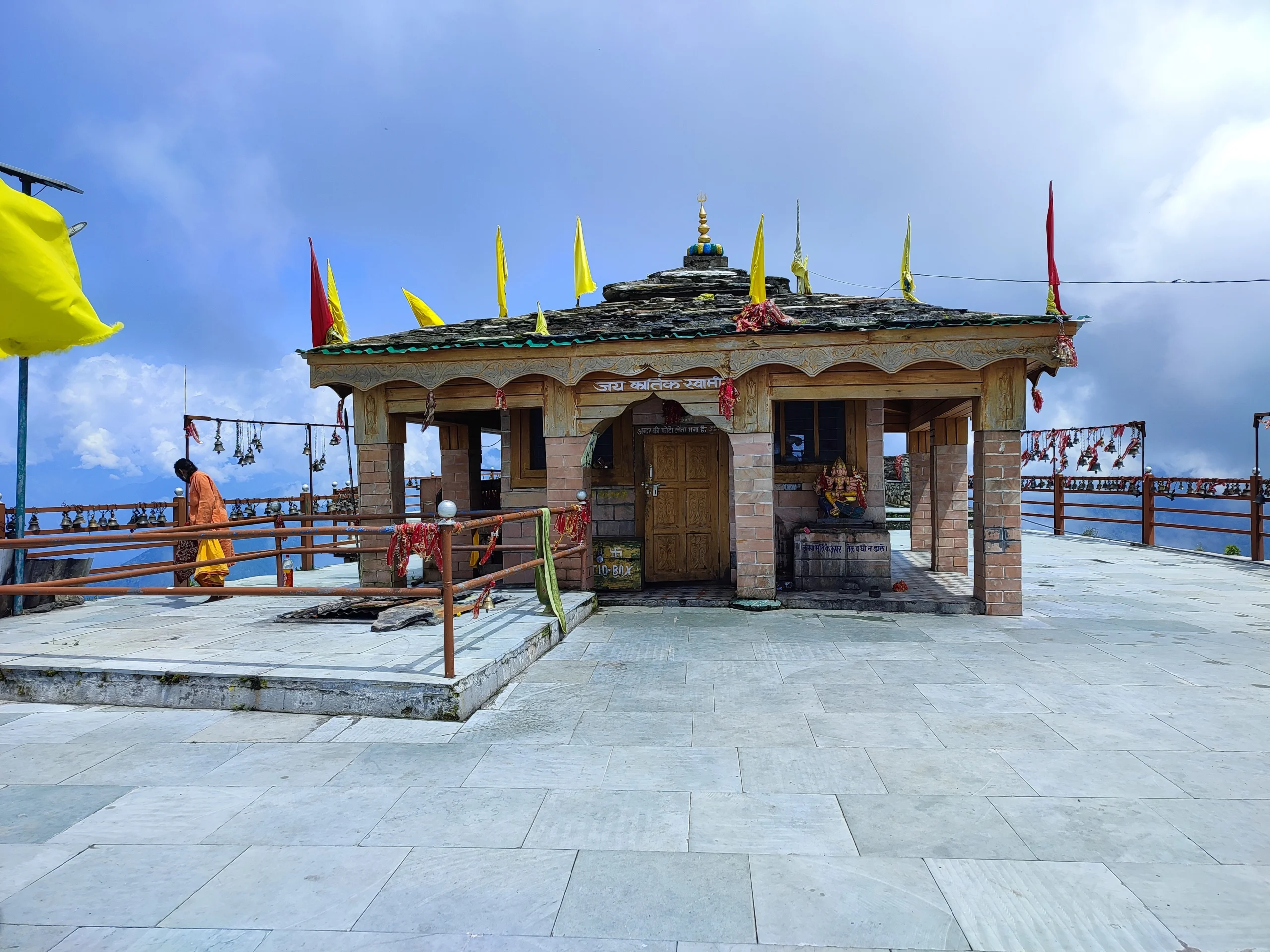

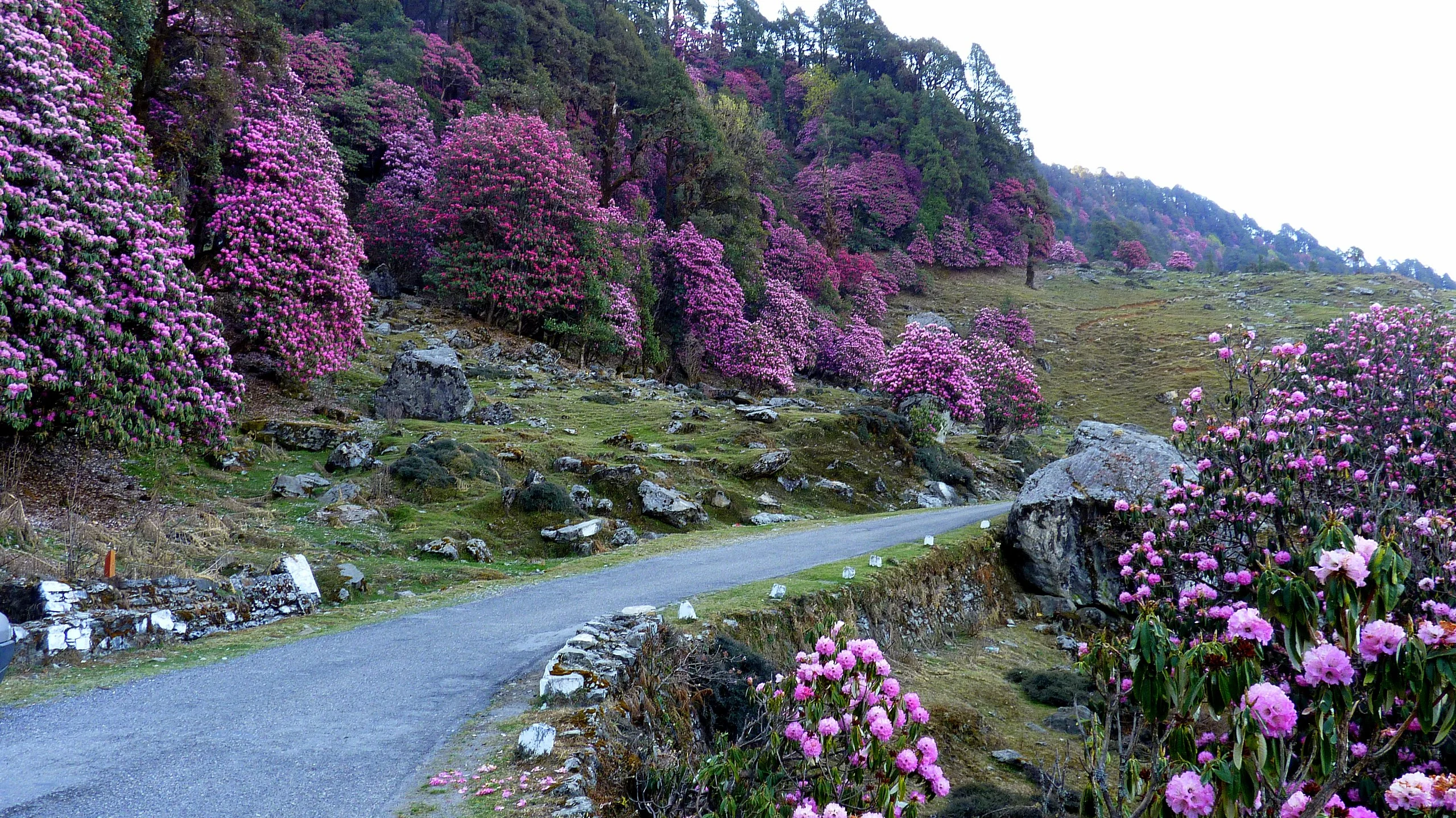

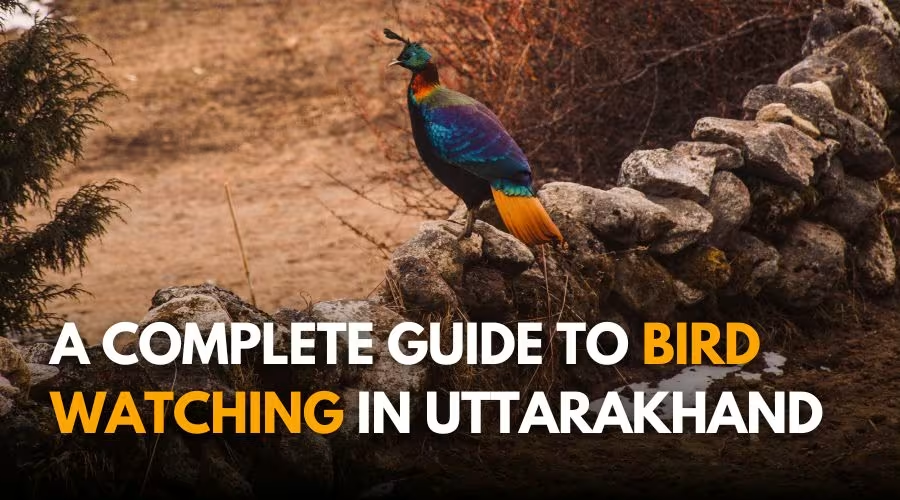

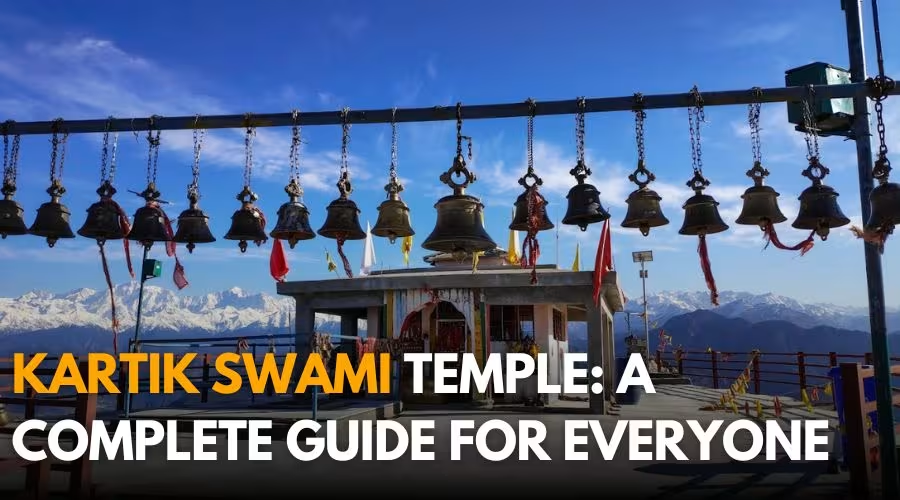
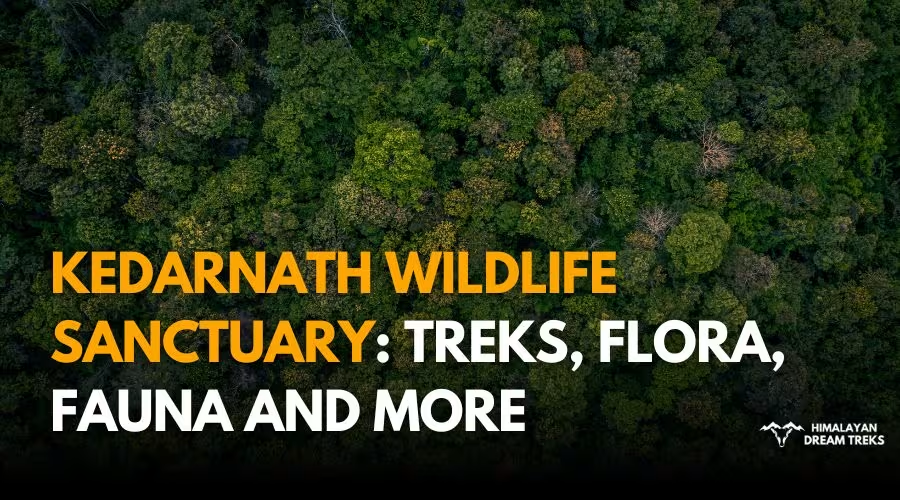



Leave a Comment